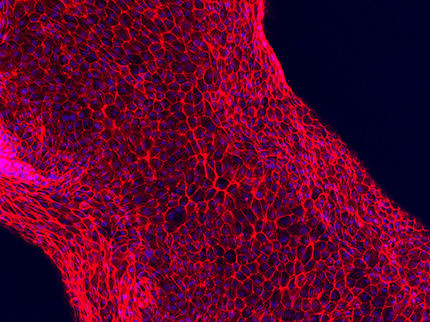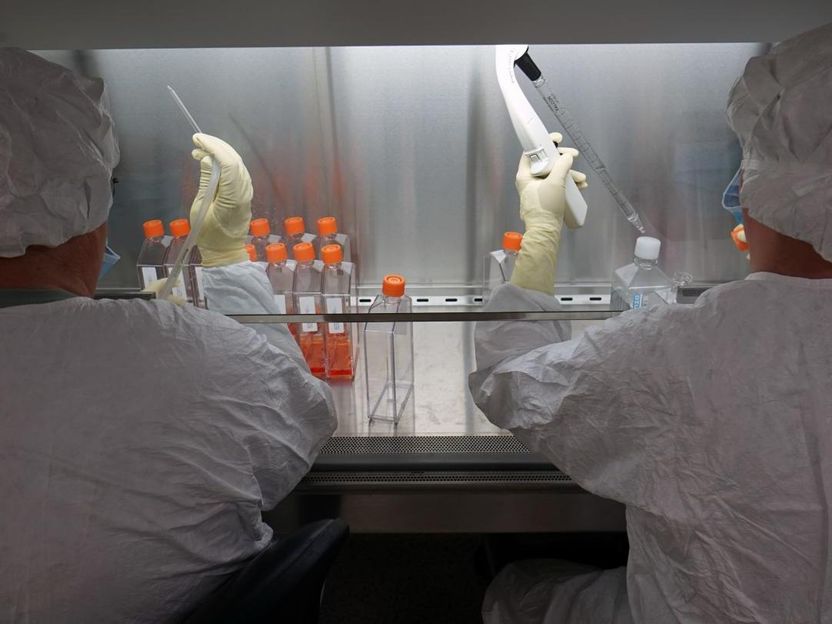High-throughput drug screening in 3D
Scientists in China have developed a simple microchip that enables quick and inexpensive high-throughput screening of potential drug candidates in 3D cell cultures.
Scientists often use cell-based high-throughput screening in the first stage of drug design as a technique to quickly identify the most promising candidates for development from large chemical libraries.
Most cell-based drug screening technologies currently rely on 2D cell cultures that require sophisticated robotic systems to seed the cells and administer potential drug compounds. However, cells that are cultured in three dimensions more closely mimic body tissues than cells grown in flat layers. They are also more likely to develop drug resistance, so compounds that could become ineffective in the long-term can be weeded out at an earlier stage in the drug development process.
Now, a team of researchers in China have developed a microchip that can culture 3D ‘balls’ of cells, called spheroids, and administer drug candidates on a high-throughput scale.
The chip consists of two plates containing arrays of micro-wells. The wells in the first plate contain porous gelatin sponges. Once cells and culture medium are added, the sponges act as a rudimentary extracellular matrix, enabling the cells to grow three-dimensionally to form spheroids. Meanwhile, the micro-wells of the second plate are filled with potential drug candidates. Pushing the two plates together brings the candidate compounds into contact with the spheroids, enabling the scientists to efficiently observe the effect of the compound on the cells.
The team are now in the process of standardising the chip and are collaborating with drug development companies to perform cell-based tests of potential anti-cancer drugs.
Most read news
Original publication
Topics
Organizations
Other news from the department science

Get the life science industry in your inbox
By submitting this form you agree that LUMITOS AG will send you the newsletter(s) selected above by email. Your data will not be passed on to third parties. Your data will be stored and processed in accordance with our data protection regulations. LUMITOS may contact you by email for the purpose of advertising or market and opinion surveys. You can revoke your consent at any time without giving reasons to LUMITOS AG, Ernst-Augustin-Str. 2, 12489 Berlin, Germany or by e-mail at revoke@lumitos.com with effect for the future. In addition, each email contains a link to unsubscribe from the corresponding newsletter.























































